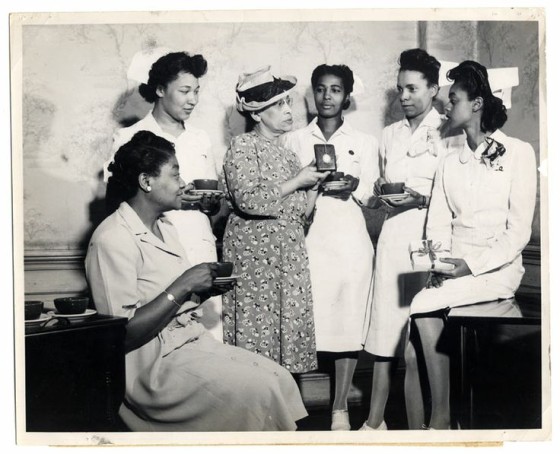Mabel Keaton Staupers was a Caribbean-American nurse who successfully led the decades-long charge to integrate black nurses into the military’s nursing corps in the U.S. In 1948, Staupers also successfully lobbied for full integration of the American Nurses Association. Her activities essentially helped break down color barriers in nursing at a period when segregation was entrenched in the U.S.
A long-time executive officer of the National Association of Colored Graduate Nurses, Staupers was born in Barbados, West Indies on February 27, 1890, to Thomas Clarence Doyle and his wife, Pauline. In 1903, she and her mother immigrated to New York City, New York, and Thomas Doyle joined them a few years later.
After gaining U.S. Citizenship in 1917, Staupers received her R.N. diploma from the Freedmen’s Hospital School of Nursing in Washington, D.C., and in the same year, she married James Max Keaton. They later divorced.
Staupers, after graduating from nursing school, became an advocate for racial equality in the nursing profession following her personal experiences with racial discrimination. She spent her career encouraging black women in the health-care profession.
As part of moves to improve the health of impoverished blacks, Staupers, while working as a private-duty nurse in Washington, D.C. and in New York, organized the inpatient clinic for African Americans with tuberculosis at the Booker T. Washington Sanatorium and served as the Sanatorium’s first superintendent from 1920 to 1922, according to BlackPast.
Staupers was also the first executive secretary of the Harlem tuberculosis committee of the New York Tuberculosis and Health Association before becoming the president of the National Association of Colored Graduate Nurses in 1949.

During World War II when the nursing profession became highly recognized, Staupers initiated a campaign to influence the U.S. Army to do away with its discriminatory policy that banned black nurses from entering its ranks.
At the time, the Army maintained a strict quota allowing only 56 black nurses to enter the service while enforcing segregated practices for those who were already in the service. Realizing that there was a shortage in nurses during World War II, then-President Franklin D. Roosevelt decided to allow the Army to draft white nurses, leaving out black nurses who were ready to serve.
In response, Staupers began a series of demonstrations that included both black and white nursing groups. She met with First Lady Eleanor Roosevelt in 1944 to discuss the unpleasant circumstances of black nurses. Finally, on January 10, 1945, the U.S. Army opened its Armed Forces Nurse Corps to all applicants regardless of race, according to BlackPast.
Staupers, who documented her story in a book titled “No Time for Prejudice: A Story of the Integration of Negroes in Nursing in the United States,” was honored with numerous awards, citations, and certificates including the Spingarn Medal in 1951 by the National Association for the Advancement of Colored People (NAACP) for her fight against discrimination.
The Caribbean-American nurse died aged 99 on November 29, 1989, of pneumonia at her home in Washington, D.C.










